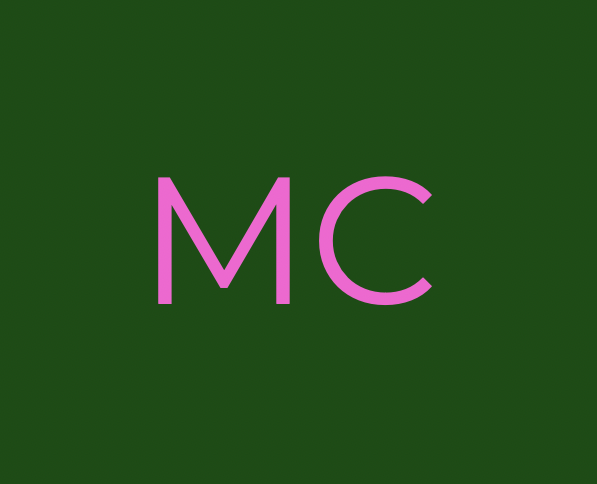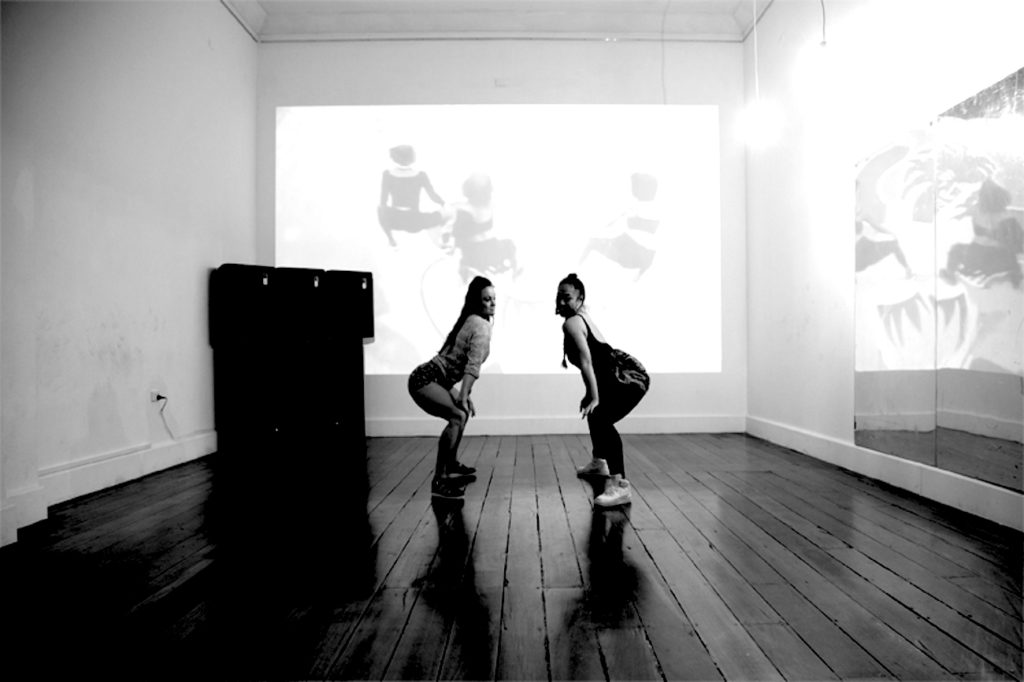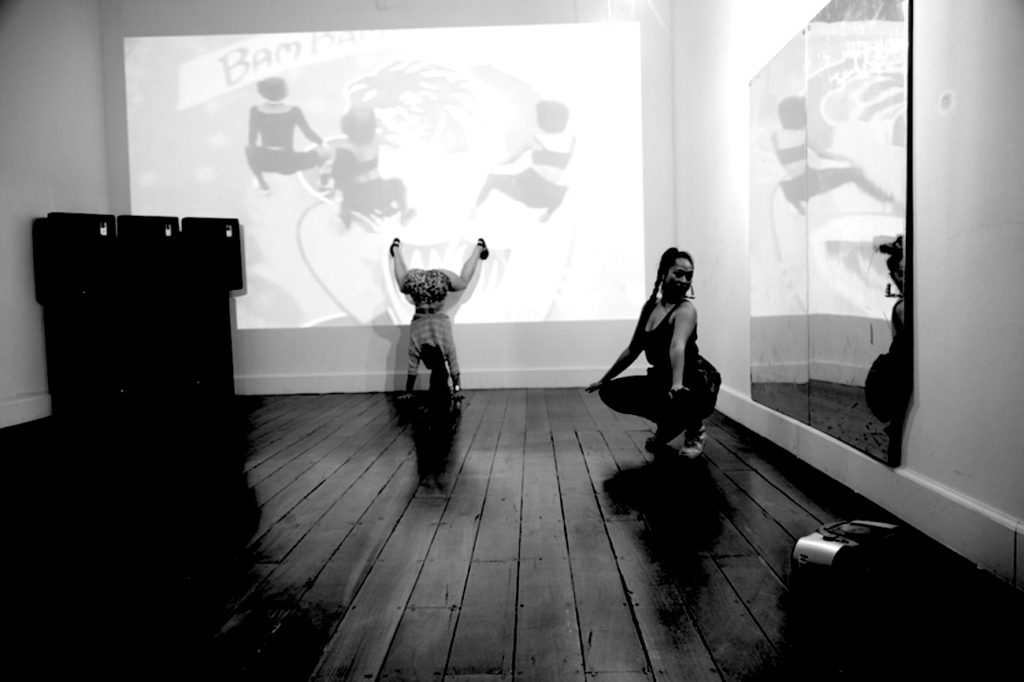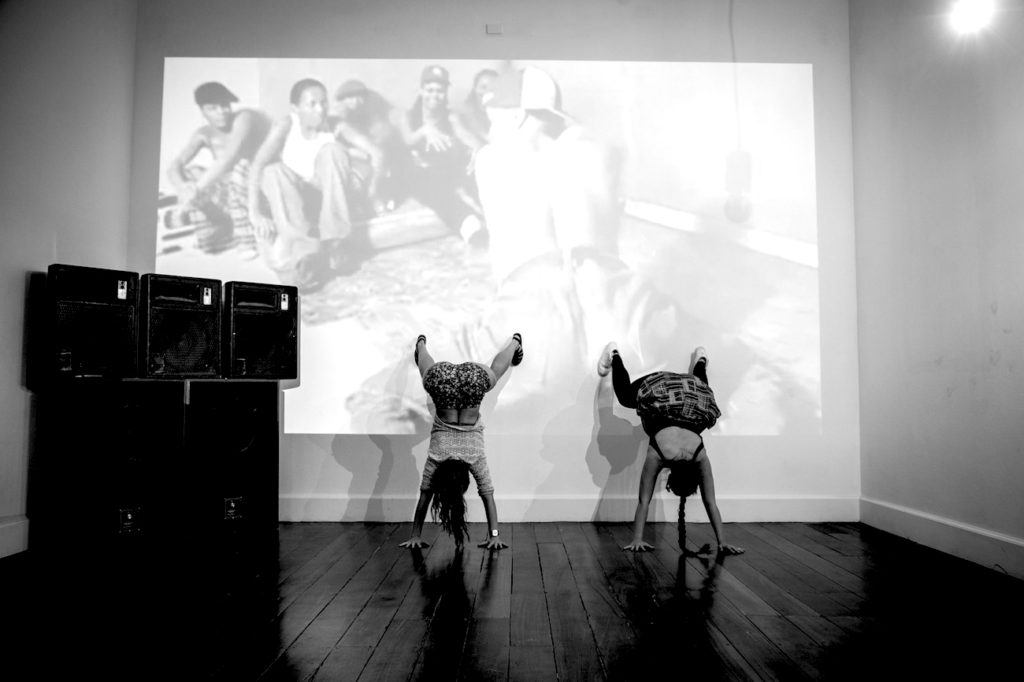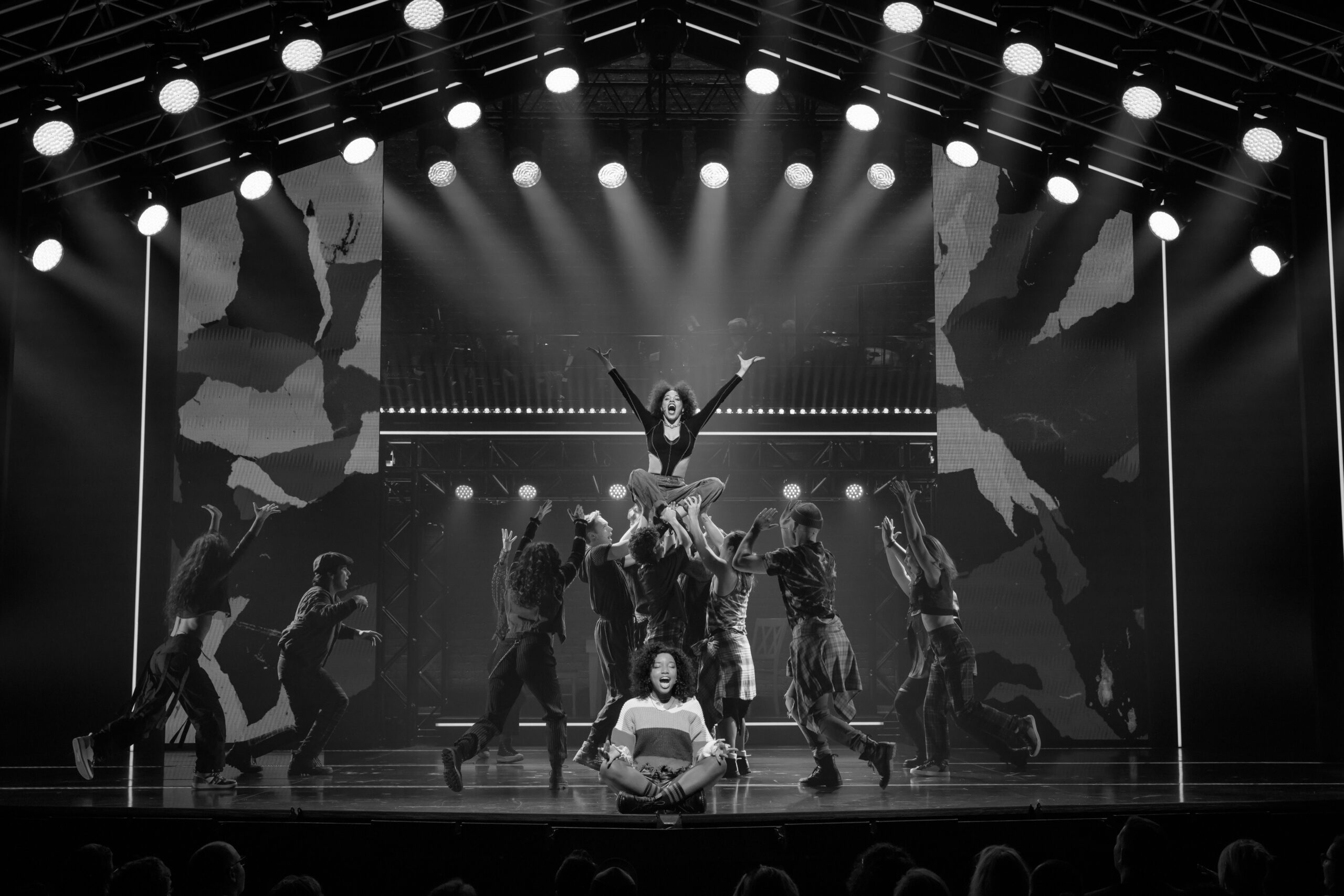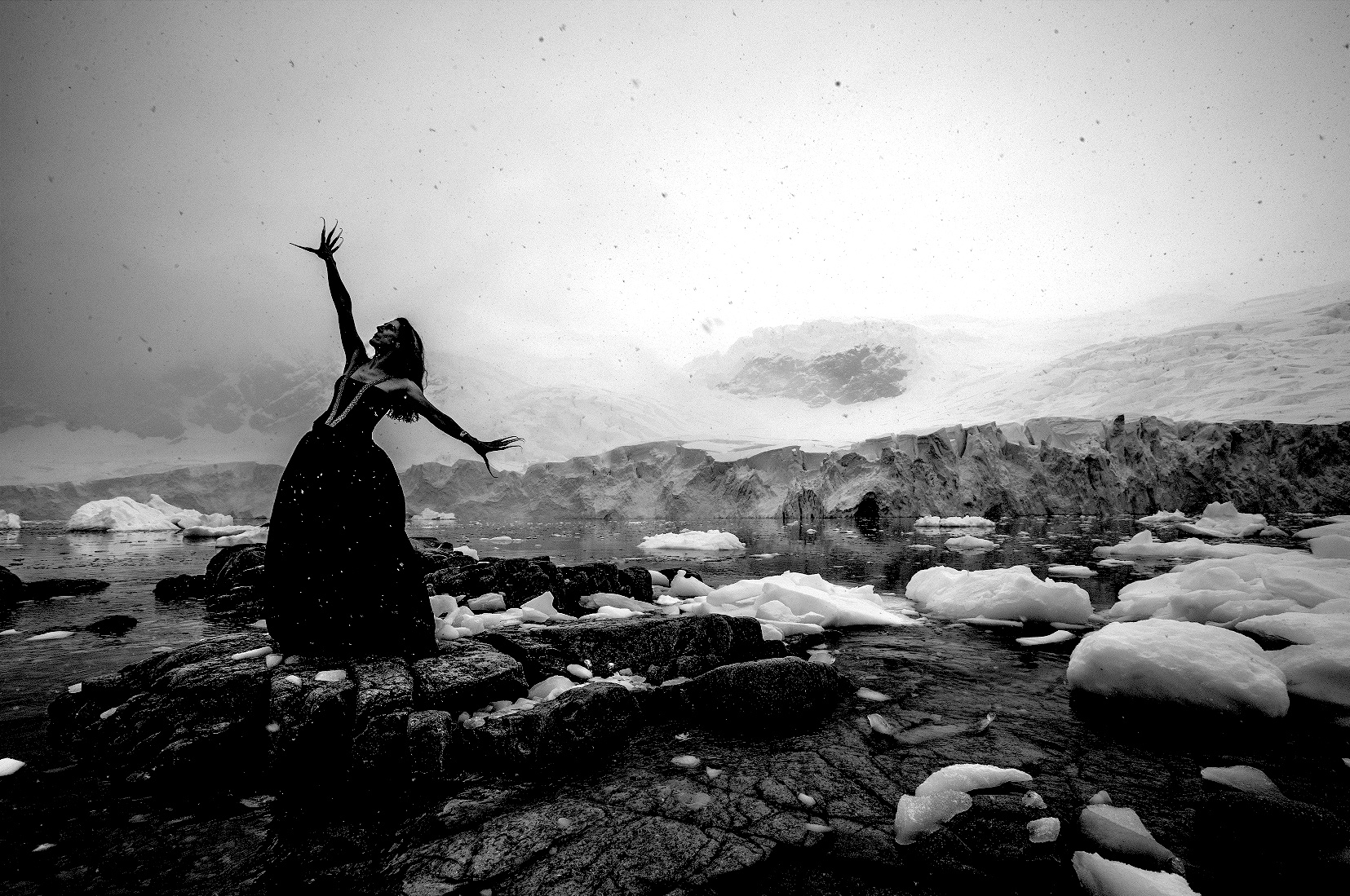TWERK IT
Twerkshop, created by performance artist Caroline Garcia for Festival Of Live Art, will see the artist guiding you through the bootylicious basics of dancing with your pelvis, one on one all while taking you through twerking’s history within the African diaspora. A moving, jiggling critique of twerking’s mainstreaming as a form of colonisation, this intimate one-on-one performance is for those who don’t mind getting physical. No dance experience necessary – but in the last 60 seconds, prepare to twerk it. Caroline spoke with The Melbourne Critique, about history, movement and how dance relates to the world at large.
Introduce us to your story, as an individual and as an artist, what inspires you?
I am a culturally promiscuous, interdisciplinary artist based in Sydney. My training began in dance and photography, and I have dedicated the last 5 years experimenting with combining the two practices, which has, organically, led to video and performance art. I work across a hybridised aesthetic of cross-cultural dance, ritual practice, new media, and the sampling of popular culture and colonial imagery. I take inspiration from intersectional feminists, technological possibilities, cultural bearers, diasporic and queer bodies, anti colonial resistance, and Janet Jackson.
Twerking may seem a modern invention, but is it – can you help us trace its lineage?
The term ‘twerk’ is quite contemporary, having been added to the Oxford Dictionary of English in 2013. However it has appeared in Hip-Hop parlance since the 1990s, appearing in bounce music from New Orleans in DJ Jubilee’s dance tune Stop Pause (Do The Jubilee All), and became more prominent in the early 2000s, featured in tracks by Beyoncé and The Ying Yang Twins. However, this dance move has predated these modern references and is an inherent gesture in traditional African dance and dance from its diaspora. Some examples include dancehall from Jamaica, reggaeton from Latin America, niiko from Somalia and the kwassa kwassa from The Democratic Republic of Congo, to name a few.
How do you work with the participants in this work, what can they hope to walk away having experienced or learnt?
Twerkshop is an intimate one-on-one performance that offers an instructional lesson through the basic fundamentals of twerking, as well as a review of its historical and cultural background, situated within Africa and its diaspora. This work is also an opportunity to culturally critique twerking’s exponential growth in usage frequency and popularity in mainstream media over the last handful of years, opening up a dialogue about the colonisation of twerking.
What does art and, in particular, dance relate to and tell the world?
For me, art and dance is a pure and honest form of expression. It is a way for me to approach politics and my cultural identity, and to present them to the world within a Western context. Outside of that context however, it is a way for me to relate to community and engage with my ancestry.
If you could wake up tomorrow and rid the world of one thing, what would it be?
The Alt Right, global warming and ‘Read’ notifications – sorry I couldn’t pick one!
